Blog posts tagged with novel object test
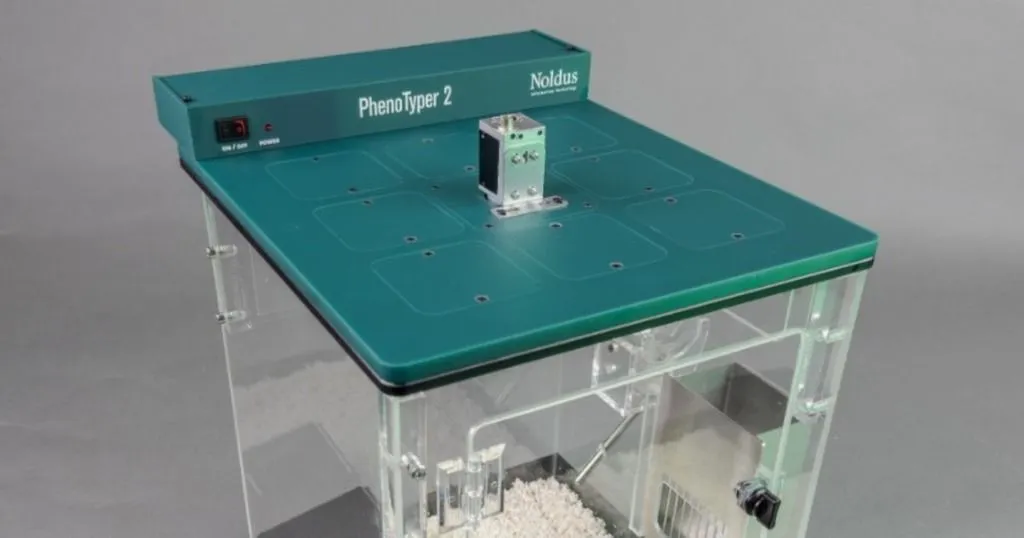
01 Feb
animal behavior research
Research Methods
The many uses of the PhenoTyper
With its new top unit, the PhenoTyper is even more versatile than before. Follow in the footsteps of those who have already added the PhenoTyper to their lab and learn all about its varied applications.
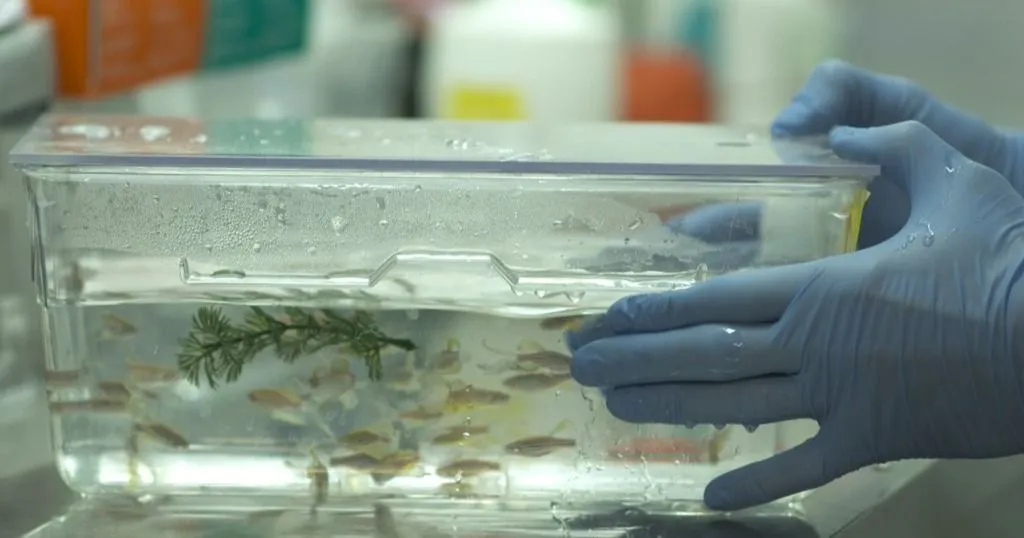
02 Nov
animal behavior research
Zebrafish Research
Zebrafish Research made easy: a dive into the Gerlai Lab
Recently, we published a customer story on the Gerlai Zebrafish Lab in Toronto. In this blog we would like to tell you about the things we learned that could not fit into the video.
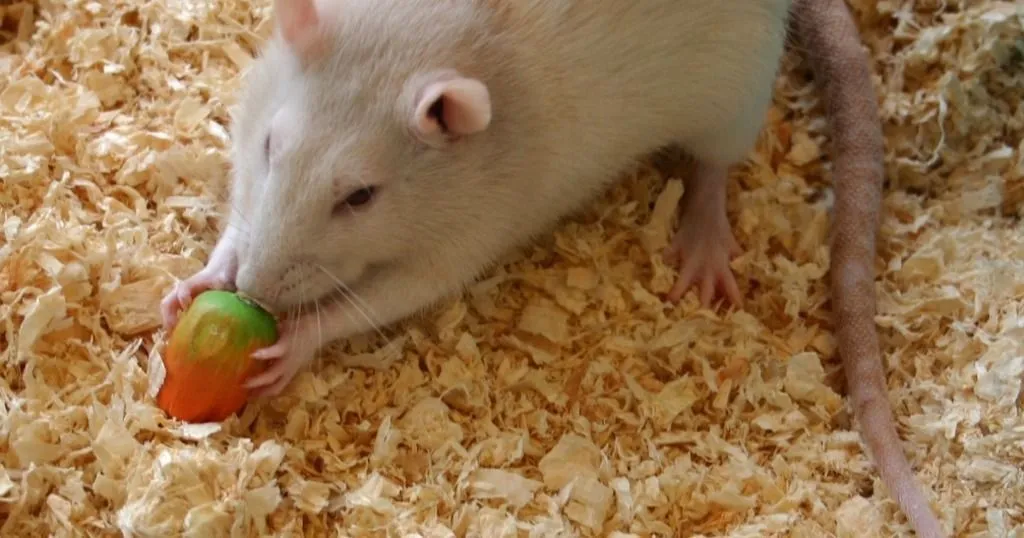
17 Nov
animal behavior research
Learning and Memory
Advancing the novel object test: 3D printing and deep learning
To improve standardisation and consistency in the novel object test, Spry et al designed the 'CapTouch' system: capacative objects that can automatically register interaction. But what about deep learning in EthoVision XT?
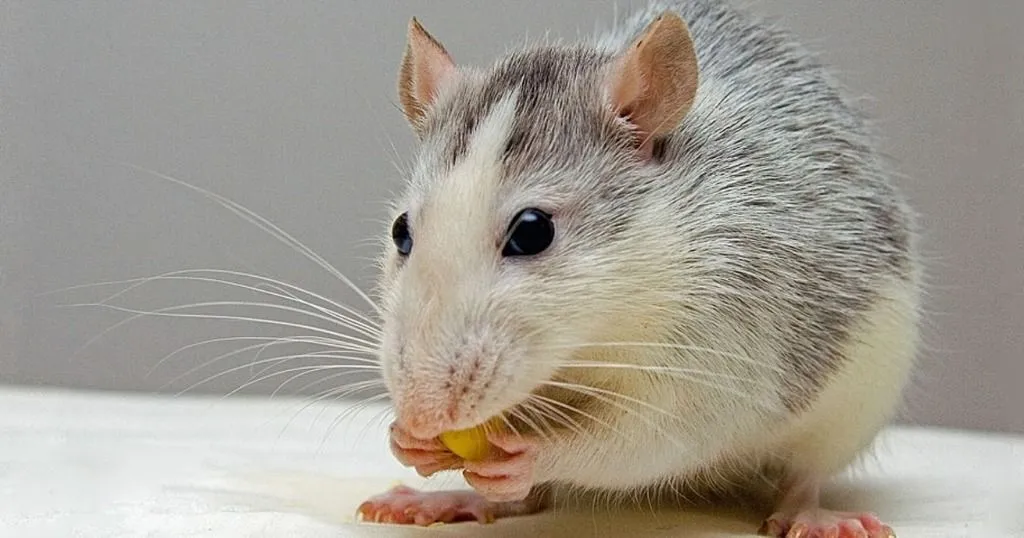
25 Jul
animal behavior research
Anxiety, Depression and Fear
Is a unique calcium regulating mechanism a cause of Gulf War Illness?
Gulf War Illness (GWI) is potentially caused by organophosphate exposure. Through behavioral experiments, using a DFP rat model, researchers tested levetiracetam as a potential cure.
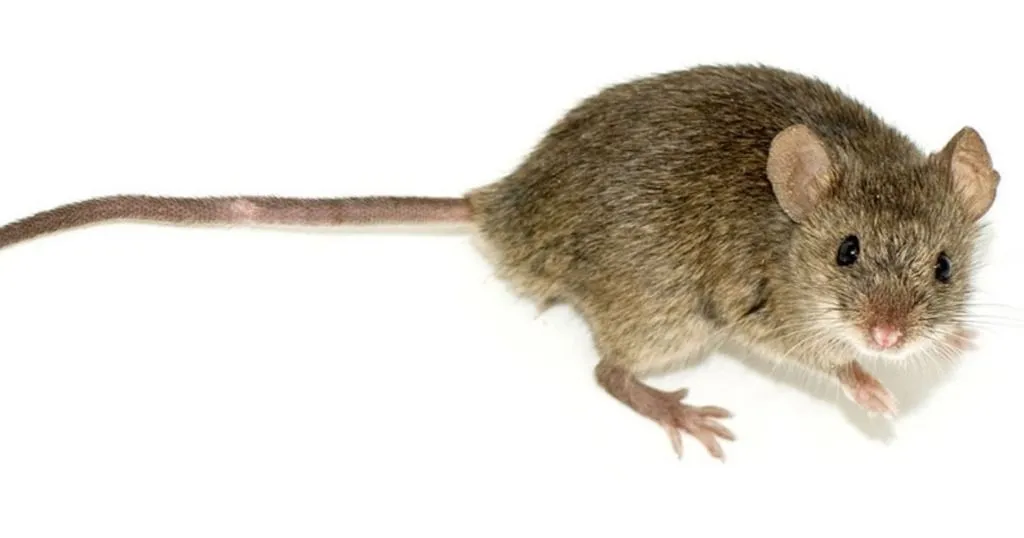
15 Apr
animal behavior research
Alzheimer’s and Parkinson’s
How mice regain their memory: Betaine against Alzheimer’s Disease
As a potential Alzheimer medicine, betaine was tested on an AD animal model in a novel object recognition test. Using video tracking, scientists studied the influence of betaine and betaine transporter on mouse memory.
12 Mar
animal behavior research
Research Methods
How to get reliable results on object recognition using video tracking
In the beginning of this year I wrote a post about the Morris water maze test, a popular and well-validated paradigm to study learning and memory in rats and mice.
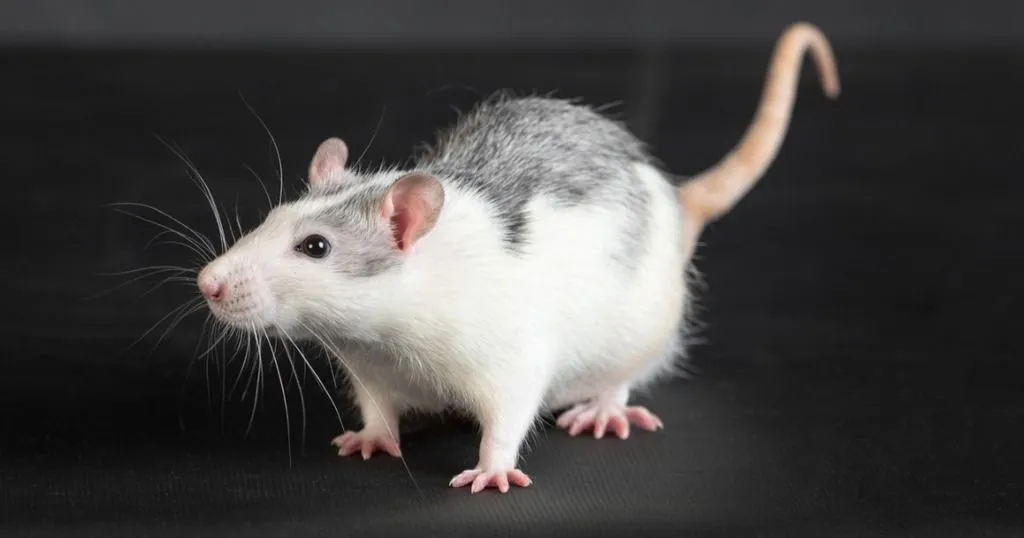
10 Feb
animal behavior research
Other (Animal)
How sleep heals the brain
We sleep a large portion of our lives. And now researchers have proven that it can heal the brain.
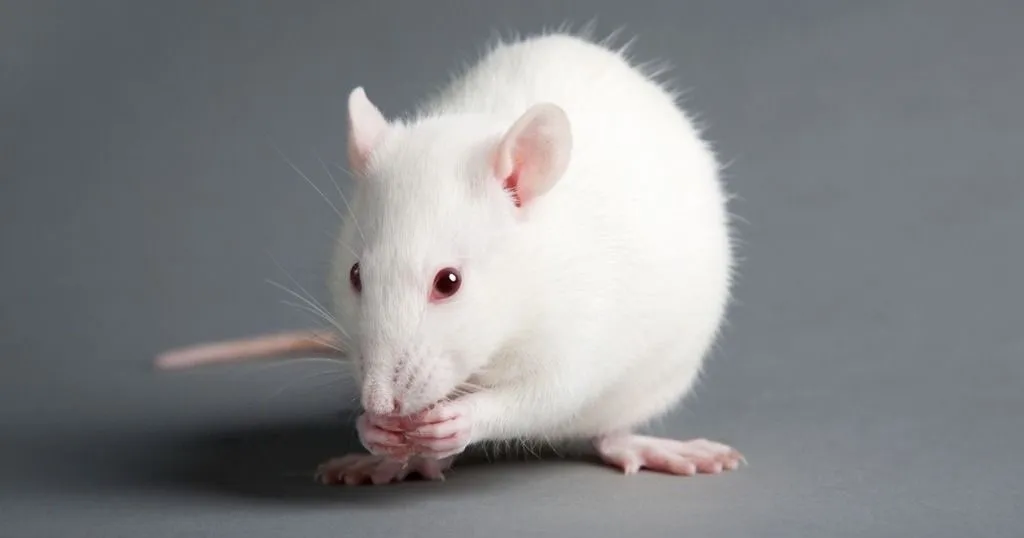
03 Sep
animal behavior research
Alzheimer’s and Parkinson’s
Dementia symptoms following surgery
This week we have a guest post by Iris Hovens. She has done some really interesting research into the consequences of surgery in terms of reduced memory and concentration problems.
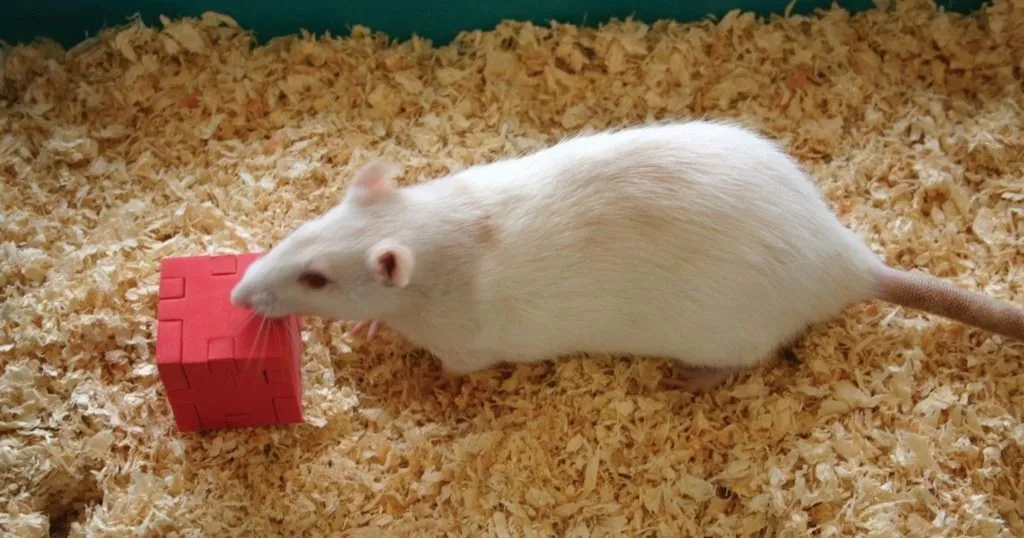
26 Nov
animal behavior research
Other (Animal)
Top 5 novel object recognition articles
Novel object recognition is one of the most commonly used behavioral tests on laboratory rodents. It is also easily automated with video tracking software. Want to know how?
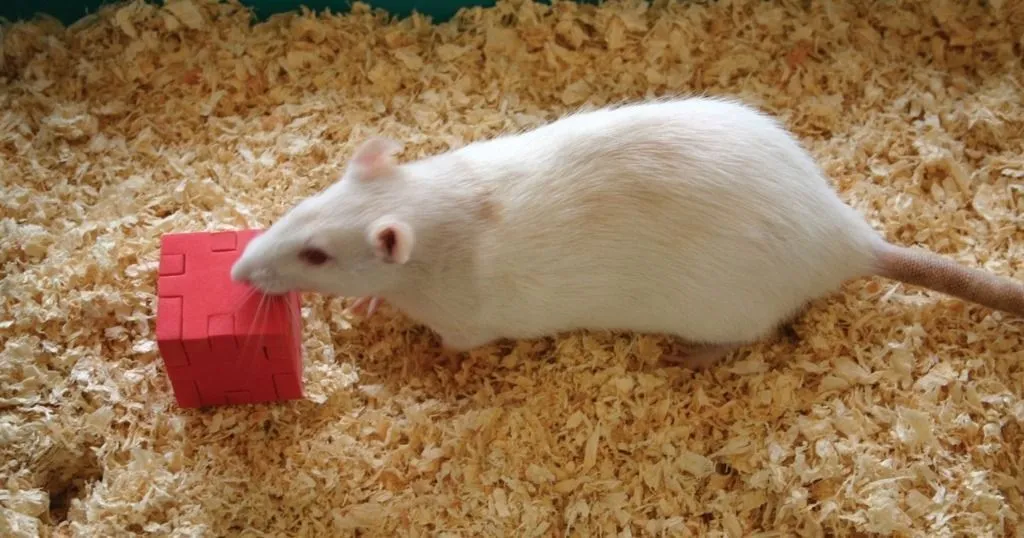
26 Jul
animal behavior research
Other (Animal)
Using several behavioral tests to investigate the role of the NR1 gene in schizo
Studies of the mental disorder schizophrenia in lab animals often include behavioral tests to investigate social behavior, cognitive abilities, and motor functioning.